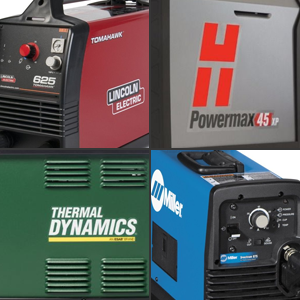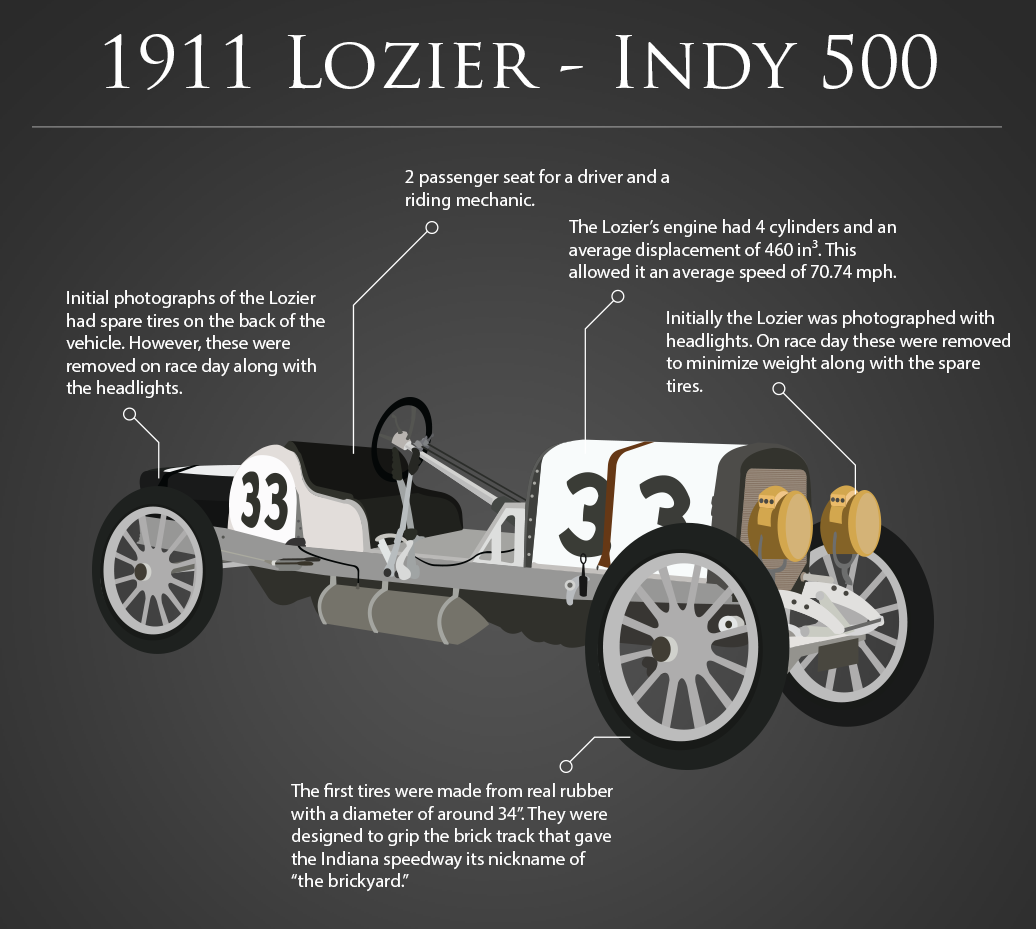We’re in the middle of the cast-iron renaissance. Seriously, this material was actually named as one of 2016’s “hot” items. A new wave of younger Americans are rediscovering the cast-iron ways, especially when it comes to cookware. Cast-iron items don’t require chemicals (such as used in Teflon) to create a non-stick surface. Many mass-produced aluminum products have become so cheaply-made, often cast-iron pieces are higher quality even though aluminum actually has a higher tensile strength. But this isn’t the first time cast-iron has been the metal world’s golden-child. It’s a tale of humble beginnings, a glorious rise and then a shattering collapse before we see cast-iron rising like the phoenix it is today.
As the Greeks entered their brilliant age of philosophy, half a world away the Chinese had begun to use cast-iron. At first, it was mostly pots and pans. Their cast-iron was brittle. And while it was strong under compression, it was incredibly weak under tension.
It wasn’t for another 2 centuries that cast-iron left Asia and came to the west. England was the first European country to discover that cast-iron was much cheaper than bronze for producing cannons and fodder. By the time the rest of Europe caught on, England had already outfitted its battleships to the teeth in cast-iron warfare. In fact, a large part of the naval superiority England boasted during the midcentury is thanks to cast-iron.
By the late 1700s, cast-iron was on a roll. Interestingly, it wasn’t cast-iron’s quality that made it so famous but its cheapness. Everything from cookware to steam engines could be made much more cheaply (and therefore at larger quantities) than ever before. The world was on a cast-iron frenzy. And then, in 1908, the planet erupted into warfare.
It was death on a scale like never seen before. Twisted battlefields spanned the European continent. The machines of war had changed. Cheap, mass production was no longer the only important factor. It had to be better. Strategic battle points were won or lost based not on quantity alone, but also quality. The relatively new discoveries of mild steel and arc welding presented a stronger, lighter alternative to cast-iron. As the war raged on, more and more cast-iron was replaced with other materials.
Cast-iron’s limited applications also ushered in its collapse. Although it was well known that cast-iron didn’t bode well under tension, it’s cheap manufacturing costs were too hard to resist. Cast-iron bridges using arches tended to work well (since the bridge compressed the material), but other bridge designs ended in disaster. In the late 1800s and early 1900s, a number of cast-iron bridges collapsed including the infamous Tay Bridge disaster which led to 75 deaths.
With the end of World War I, mild steel began making pushes to replace cast-iron in everyday life. A major downside of cast-iron was that it usually had to be cast as an entire piece. When the piece was damaged, only limited repairs could be made before it had to be scrapped altogether. Mild steel, on the other hand, was much easier to weld. Pieces could be made from several parts and welded together, rather than having to be cast as one. This also made it much easier to repair damaged parts.
As the 20th century continued, cast-iron was cast away. Not entirely, of course, as it still had its uses. But its role in everyday life had become drastically minimized. And while many of its cons had been replaced by more modern materials, cast-iron’s benefits were also forgotten. Forgotten until today, when cast-iron has begun to creep back into everyday life. Which poses many important questions, especially for welders. For instance, part of cast-irons fall was based on how difficult it was to weld. But has welding advanced enough to allow cast-iron to be worked on as easy as steel? What do you think?
If you’re looking for more information on cast-iron and other materials, we’ve got plenty more where that came from. For instance, do you know how to tell the difference between cast-iron and mild steel? Why not learn more by checking out our article on spark testing different materials here.







